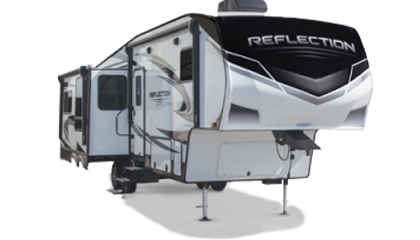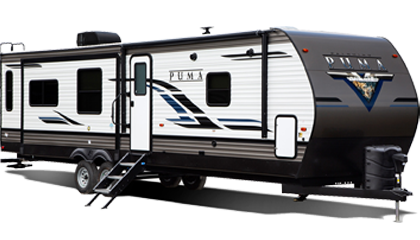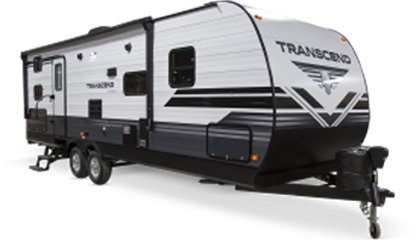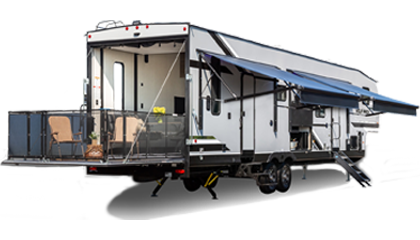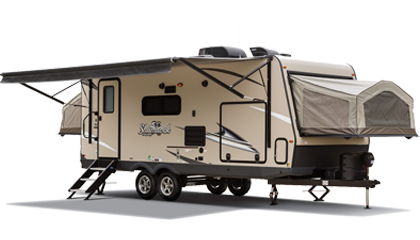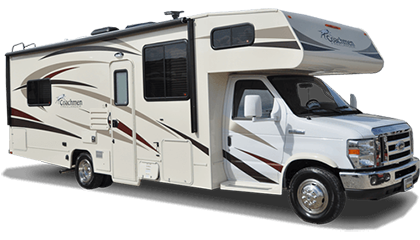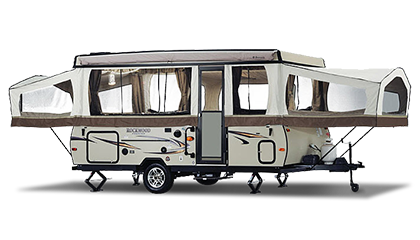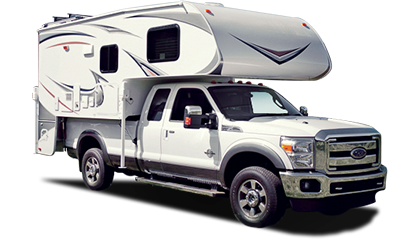Power Up: Know How to Plug Your RV in at a Campsite
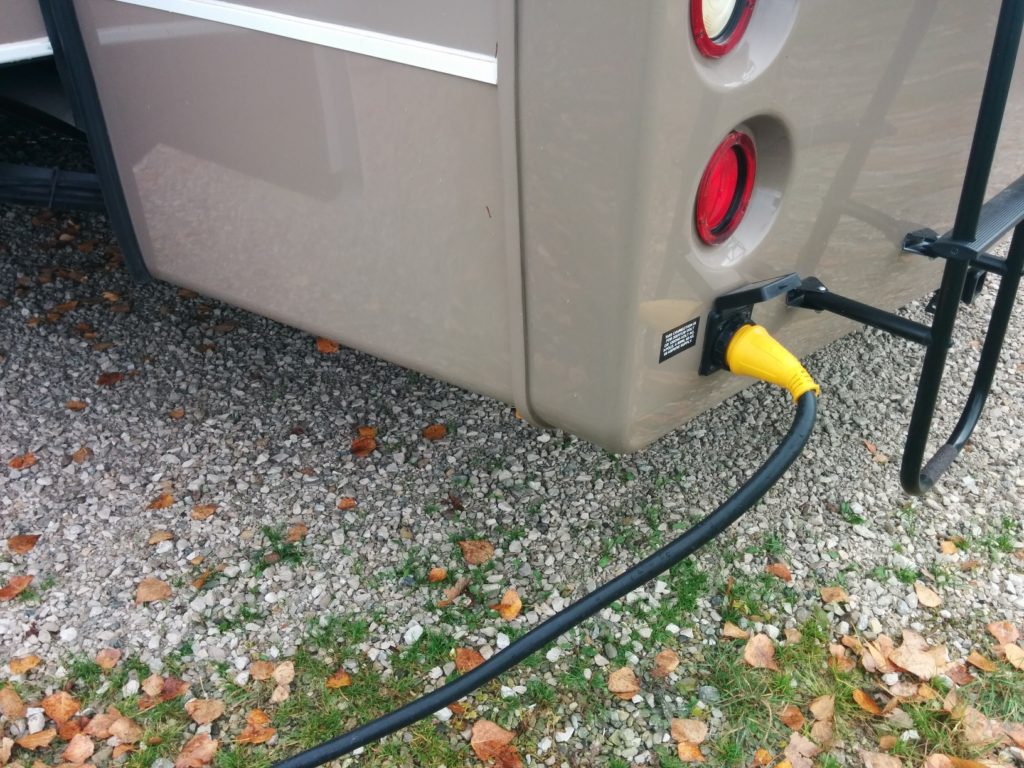
Unlike plugging in a computer or television at your house, plugging an RV into shore power can be very complicated. And this is understandable – RVs are a collection of various electric things that can suck drastic amounts of power. So much that your average home electrical outlet aren’t nearly sufficient.
Before we begin, let’s take a step back and learn a little more about basic principles of electricity.
ELECTRICITY 101
Think of electricity in terms of water:
-
Water is often stored in water towers.
-
When stored in a water tower high above ground, water builds pressure.
-
The water output does work, like watering your lawn.
Electricity is similar. Current is similar to the water itself, while the water’s pressure is similar to voltage. The output of the water is like the amperage. When the pressure (voltage) is higher, more water (amps) are flowing out.
PLUGGING PROBLEMS
There’s a wide array of RV sizes, and each requires a different amount of power. From small pop-ups – which might not even have an air conditioner – to enormous motorhomes, each requires power, but different amounts. That’s why there’s three different plug sizes.
Your standard household plug is a 20-amp plug. You can use these to power computers, TVs or many other household things. Pop-up trailers are usually powered with these plugs, but larger RVs require a different 30-amp plug or 50-amp plug.
Problems arise when you only have access to a smaller plug than your motorhome or trailer requires. If your RV requires a 30-amp plug, and you only have a 50-amp outlet available, you’re in trouble. Or if the opposite happens – where you have a 50-amp plug and only have a 30-amp outlet available.
Using the water analogy, you’re trying to connect a garden hose to a fire hydrant. You’ll need something to step the power down or up.
DOG BONES
If you’re stuck in a situation like this, a handy device can help you out. RV power plug adapters, nicknamed “dog bones” because of their appearance, can step outlets up or down. It’s a great idea to have some of these on board your RV, but many RV parks lend dog bones out if you’re in a pinch. They can be purchased at any local RV store.
Be careful – if you’re using a 50-amp plug stepped down to a 30-amp outlet, you run the risk of blowing a fuse if you use more than 30 amps of power. Be judicious with your power intake and be aware of how much power you’re drawing. Never overload your circuit.
CORD SAFETY
Kids run everywhere, and RV parks can sometimes be a dangerous place for rambunctious kids. One thing smart RVers can do to keep kids – and their RVs – safe is to use the cord strain reliefs on the side of RV load centers.
Instead of plugging your RV directly into the shore power plug, wrap it around the cord strain reliefs, usually located on the side of the load center. This can prevent your plug from coming undone accidentally and can keep the cord out of harm’s way.

